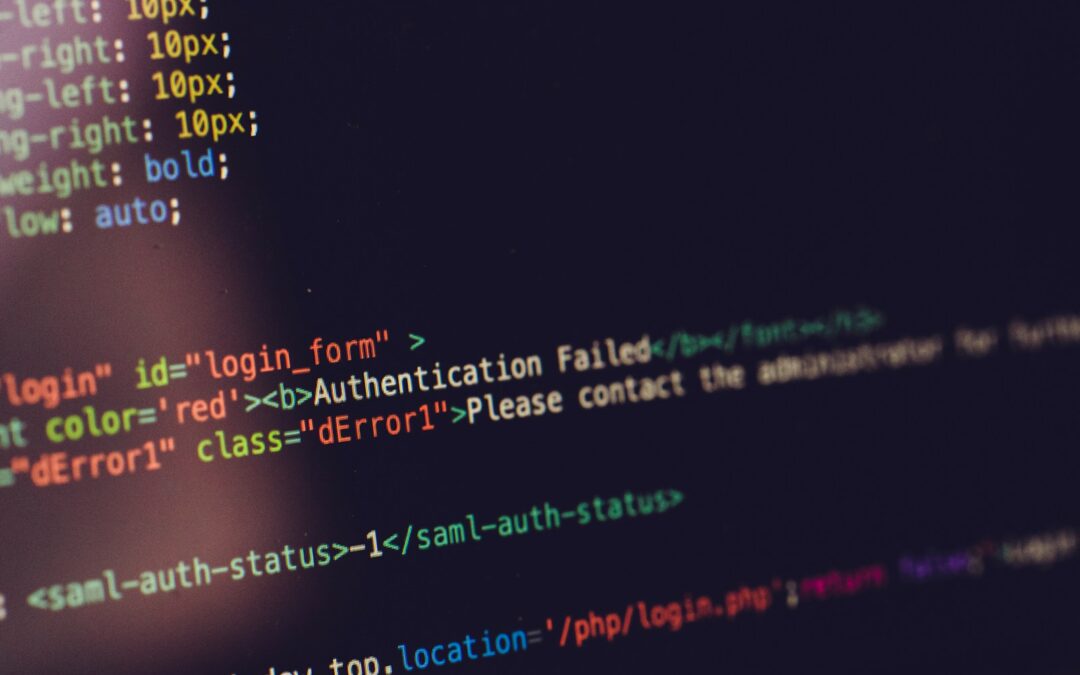Enhancing Security with Advanced Biometric Methods
The Role of Biometric Authentication in IoT Security
The integration of biometric authentication in IoT devices provides a robust layer of security, crucial for protecting sensitive data and ensuring secure access. As the adoption of IoT technology accelerates in regions such as Saudi Arabia and the UAE, particularly in cities like Riyadh and Dubai, the need for enhanced security measures becomes more pressing. Traditional authentication methods, such as passwords and PINs, are increasingly vulnerable to breaches. Biometric authentication leverages unique biological traits, such as fingerprints, facial recognition, and voice patterns, to verify the identity of users, offering a more secure and reliable way to protect IoT systems from unauthorized access.
How Biometric Authentication Enhances IoT Security
Biometric authentication significantly enhances IoT security by adding a layer of protection that is difficult to replicate or forge. Unlike passwords or tokens, which can be easily stolen or guessed, biometric traits are unique to each individual. In technologically advanced cities like Riyadh and Dubai, where IoT devices are deployed across various sectors, from smart homes to critical infrastructure, the importance of securing these devices cannot be overstated. By incorporating biometric authentication, organizations can ensure that only authorized users have access to IoT devices and the sensitive data they handle. This method not only reduces the risk of unauthorized access but also enhances the overall trustworthiness of IoT systems, making them more resilient against cyber threats.
Effective Biometric Methods for IoT Devices
Several biometric methods have proven to be effective in securing IoT devices. Fingerprint recognition is one of the most commonly used methods, offering a balance between convenience and security. It is widely deployed in smartphones and other IoT devices, providing quick and accurate authentication. Facial recognition is another powerful biometric method, particularly useful in environments where touchless access is preferred. This technology has seen widespread adoption in smart city projects, especially in Riyadh and Dubai, where it is used for secure access to buildings and facilities. Voice recognition is also gaining traction, offering a hands-free authentication method that can be integrated into IoT devices like smart speakers and virtual assistants. Each of these biometric methods provides a unique advantage, and the choice of method often depends on the specific security needs of the IoT application.
Challenges and Considerations in Implementing Biometric Authentication
While biometric authentication offers significant security benefits, its implementation in IoT devices also presents certain challenges. One of the primary concerns is the protection of biometric data itself. Since biometric traits are immutable, unlike passwords, if compromised, they cannot be changed. Therefore, it is crucial to implement robust encryption methods and secure storage solutions to protect biometric data. In regions like Saudi Arabia and the UAE, where data privacy is a top priority, ensuring the security of biometric information is essential. Another challenge is the potential for false positives or negatives, which could either grant access to unauthorized users or deny access to legitimate ones. Continuous improvements in biometric technology are addressing these issues, making biometric authentication more reliable and accurate.
Case Studies: Biometric Authentication in Practice
The successful implementation of biometric authentication in IoT devices is evident in several case studies. For example, a smart home project in Dubai integrated fingerprint recognition into its security systems, allowing residents to unlock doors and control home automation features securely. This method provided a convenient and secure way for users to interact with their smart home devices. Similarly, in Riyadh, a government facility adopted facial recognition technology to control access to sensitive areas, ensuring that only authorized personnel could enter. These examples demonstrate the practical benefits of biometric authentication in enhancing security and user experience in IoT applications.
Conclusion: The Future of IoT Security with Biometric Authentication
As IoT technology continues to evolve, the integration of biometric authentication in IoT devices is poised to play a critical role in enhancing security. In forward-thinking regions like Saudi Arabia and the UAE, where innovation and technological advancement are key priorities, adopting biometric methods offers a powerful way to protect IoT systems from cyber threats. By choosing effective biometric methods such as fingerprint, facial, and voice recognition, and addressing the challenges associated with biometric data protection, organizations can build more secure and reliable IoT ecosystems. Embracing biometric authentication not only strengthens security but also fosters trust in the growing network of connected devices, paving the way for a safer and more connected future.
—
#BiometricAuthentication, #IoTSecurity, #BiometricMethods, #IoTDevices, #SecurityLayers, #SmartCities, #DubaiTech, #RiyadhInnovation, #SaudiTech













